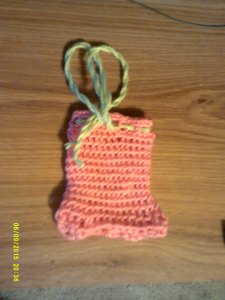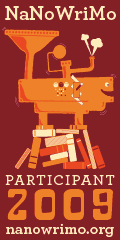Moving Right Along
Well, I figured out what I was doing wrong with the Count Your Blessings block. Somehow, I had managed to get an extra row into the first set of repeats. That put me off the pattern. Once I began keeping closer track of my rows, I was able to finish the block perfectly.
It also gave me a chance to use a handy tool that I’d picked up a couple years ago for the first time. It looks like a folder, but it’s made of cloth covered metal plates. Using magnetic strips to keep the page in place, you can mark your place in the pattern. It worked beautifully and was well worth the investment! I got mine from KnitPicks, but I’m sure they are available elsewhere. If you are a crafter who uses patterns with more than a few rows, it is something very useful to own.
Currently, I’m working a seed stitch square (to remind us of the parable of the seeds planted – we’re meant to be the sort that grow in good soil). I love the philosophical way that the pattern was presented. If you make a mistake, the author says, and knit where you should purl (or vice versa) to make the seed stitch… well, the parable says that not all the seed grew. That’s fine! What a cool way to look at it!
I did make one mistake, but I just kept right on going. It means there will be a space where the square is stockinette, rather than seed stitched. The square won’t be perfect, but it will serve as a duel reminder. One: I want the seeds of God’s word to grow. Two: I’m not perfect. Sometimes, I make mistakes, but that all right!



